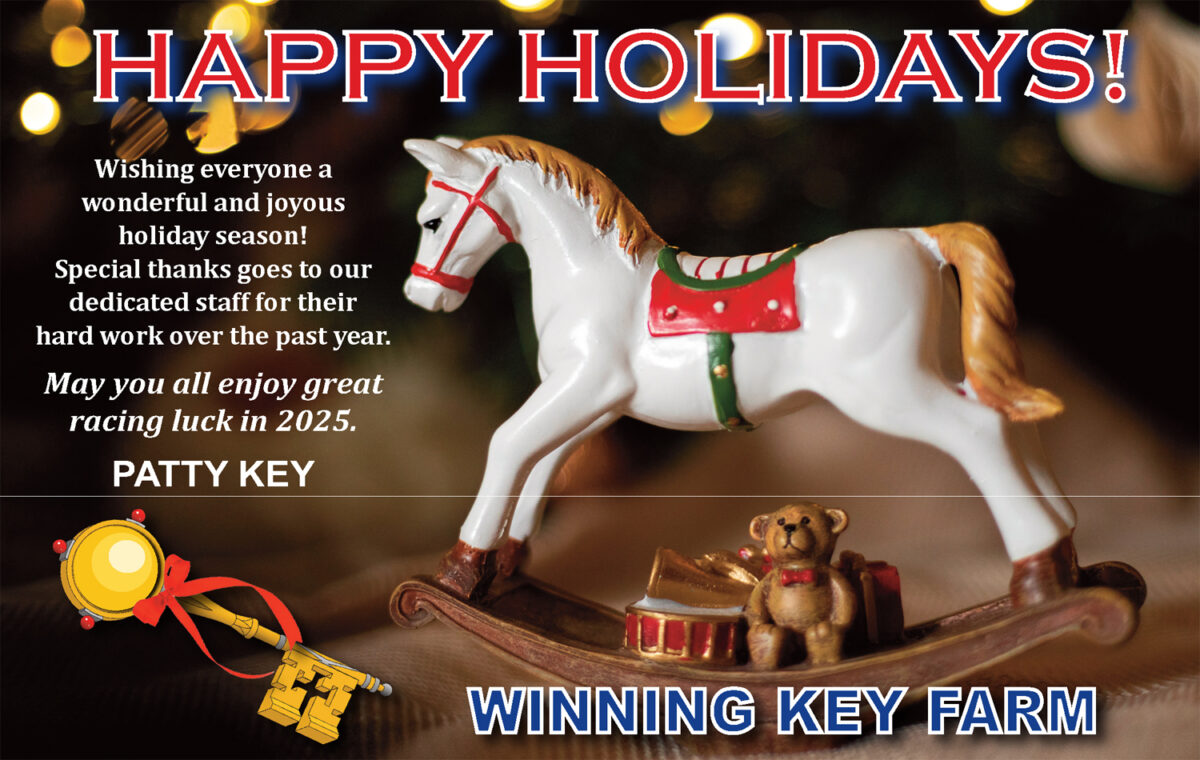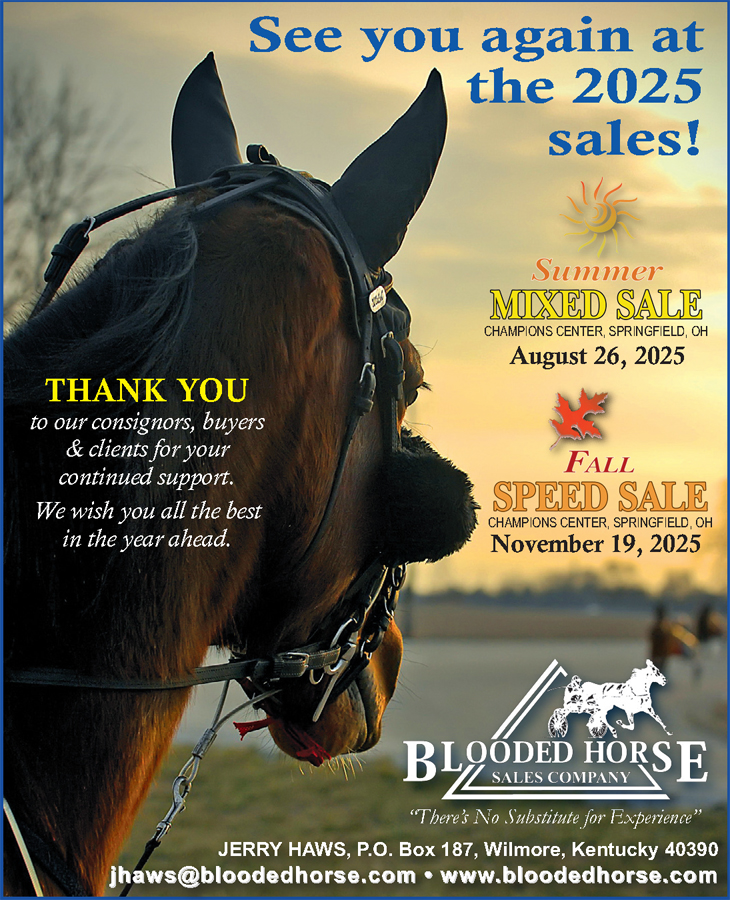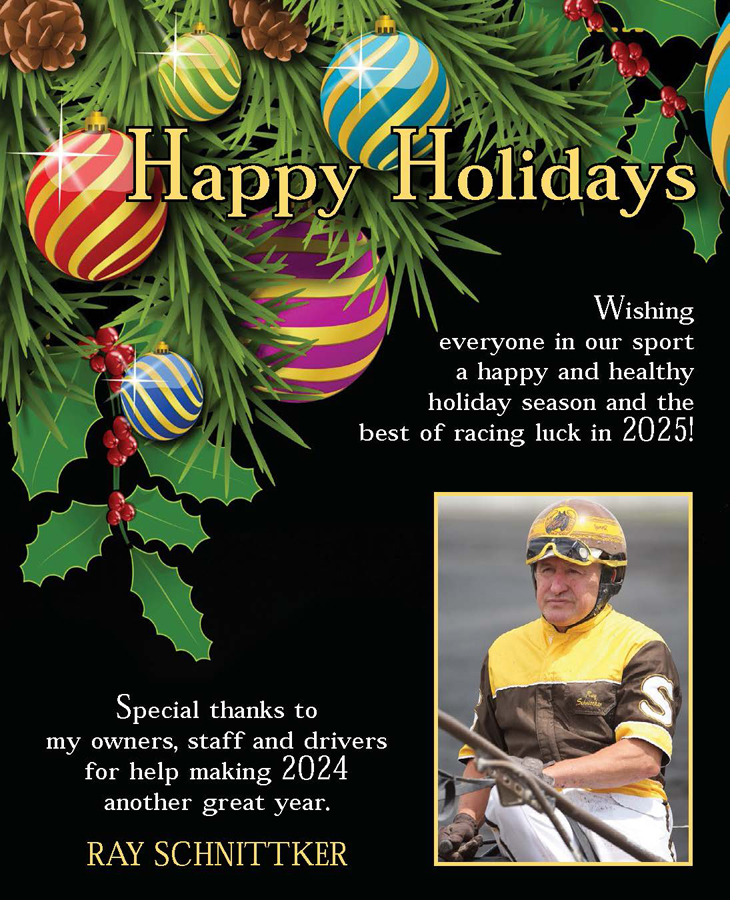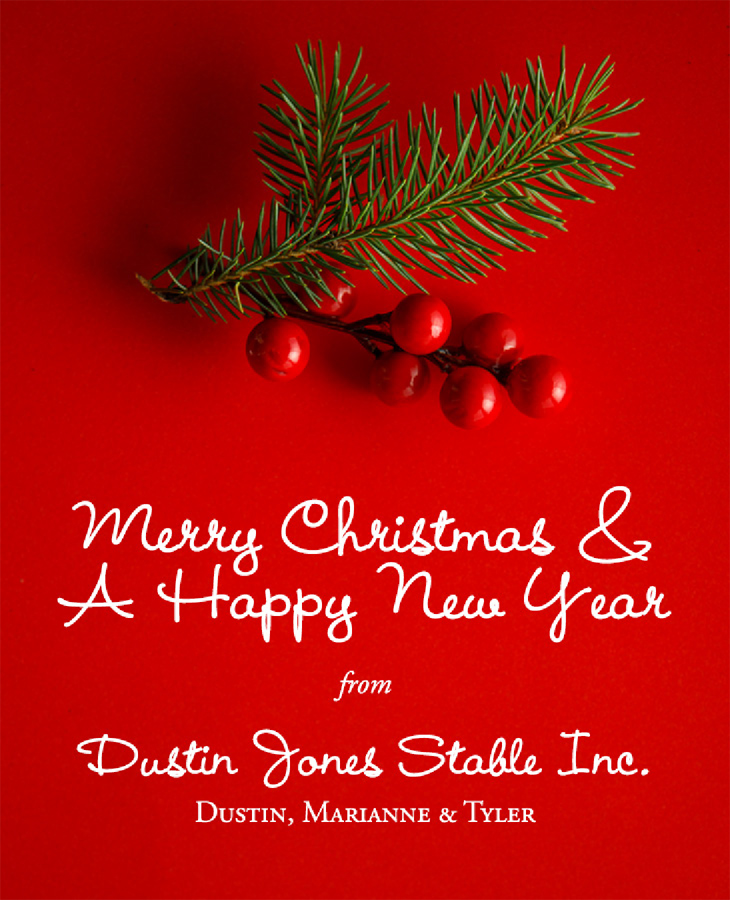

Numbers prove the Meadowlands drives the industry
Jason Settlemoir reflects on Big M racing, handle and sports betting numbers.
by Brett Sturman
In 2019, the Meadowlands showed how integral that the track is to the entire harness racing industry.
Handle across all tracks in the U.S. showed an increase of $48 million, or 3.3 per cent in 2019. Of that, an increase of $44.5 million came from a single racetrack — the Meadowlands. The $44.5 million increase translates to a massive percentage increase of nearly 26 per cent year over year.
The underlying reason for the increase is due to the purse appropriation from the state of New Jersey that allowed the Meadowlands to substantially increase its purses to a competitive level. But unlike most other tracks who are also the beneficiary of appropriations or subsidies, the Meadowlands was able to use those funds to immediately have a dramatic impact on the handle front.
Meadowlands chief operating officer Jason Settlemoir said the state appropriation gave the track the ability to increase the purse account for overnight races by $6 million dollars.
As a result, “We’ve been able to get more horses entered into the box which puts more horses on the gate which attracts more betting dollars to our races,” Settlemoir said. “At the end of the day, the increase of being able to race for more money and have more entries and more average starters – that’s what drives the wagering.”
On-track handle at the Meadowlands also experienced year-over-year gains. An average of $195,000 bet on track nightly was good for a seen per cent increase from 2018. Though less than the all-source increase, it’s still an impressive number considering that fewer and fewer people are physically at tracks to bet.
Was the on-track increase attributable in any way to the FanDuel sportsbook at the Meadowlands, which has increased the number of people entering the facility? Settlemoir said that hasn’t been the case, and, if anything, the presence of sports betting has been both a positive and a negative for the Meadowlands and its relationship with racing.
“In July 2018, we opened the sportsbook and we were getting more traffic and had initially seen a bump in handle from our live import. But then shortly after we saw the number on imports – the amount bet at the Meadowlands on other racetracks around the world – do down,” Settlemoir said. “So what we saw initially with more people betting on horse racing has been going back the other way, because those people that were betting sports are betting sports, and then some of our horse racing customers are gravitating over to sports betting.”
Settlemoir also noted that the migration of bettors from horses to sports also includes some of the bigger gamblers at the Meadowlands at the off-track-wagering facility Winners Bayonne. “People only have so much disposable income and at the end of the day they’ve only got so much money and they’re splitting it up and you’re going to lose it from one area.”
What Settlemoir describes is in part the reason for the track’s nine per cent decrease on the track’s import, which is a big number when taking into account how big an import facility the Meadowlands is. But even though the track’s import was off, that decrease was offset by the positive gains from money being wagered on-track and around the country on the Meadowlands.
Into 2020, the Meadowlands is off to another strong start with handle generally approaching the $3 million mark on the Friday and Saturday cards.
Changes that will be implemented in the upcoming year to increase handle further include the maximum number of starters in stakes races being reduced from 12 to 11. Also, races that had
been contested at 1 1/8-mile distances will now be raced back at the standard mile distance.
“I think it’s important, as far as the stakes races are concerned, moving to 11 starters and going a mile,” Settlemoir said. “Unfortunately, what we had typically seen with the larger fields (12 horses) and the added distance was the opposite of what we thought we’d see. We saw a decrease in handle instead of an increase. So, we decided to go to 11 and go a mile and I think we’ll see growth on those particular races.”
Meadowlands race secretary Scott Warren added another reason for the change back to one mile.
“Another big thing that put us back in the direction of going a mile was last year when Lather Up went his race (Sam McKee Memorial) in a mile and an eighth and maybe he could have had the world record of a mile of 1:46 or faster, we’ll never know because he had to go a mile and an eighth that night. And there was a lot of feedback where it seemed like there was more excitement in the building and for the sport when the distance is at a mile for those type of races,” Warren said.
It remains to be seen how much more the Meadowlands can increase handle in the upcoming year, but there’s no question that the sport is better off when the track is doing well.















